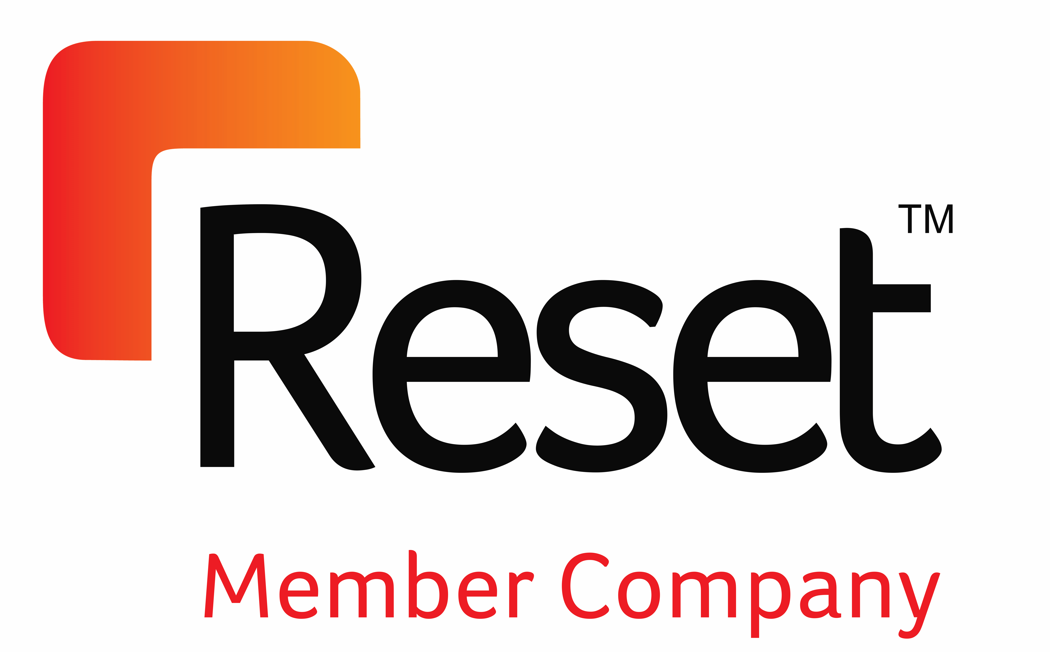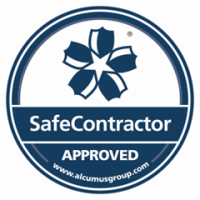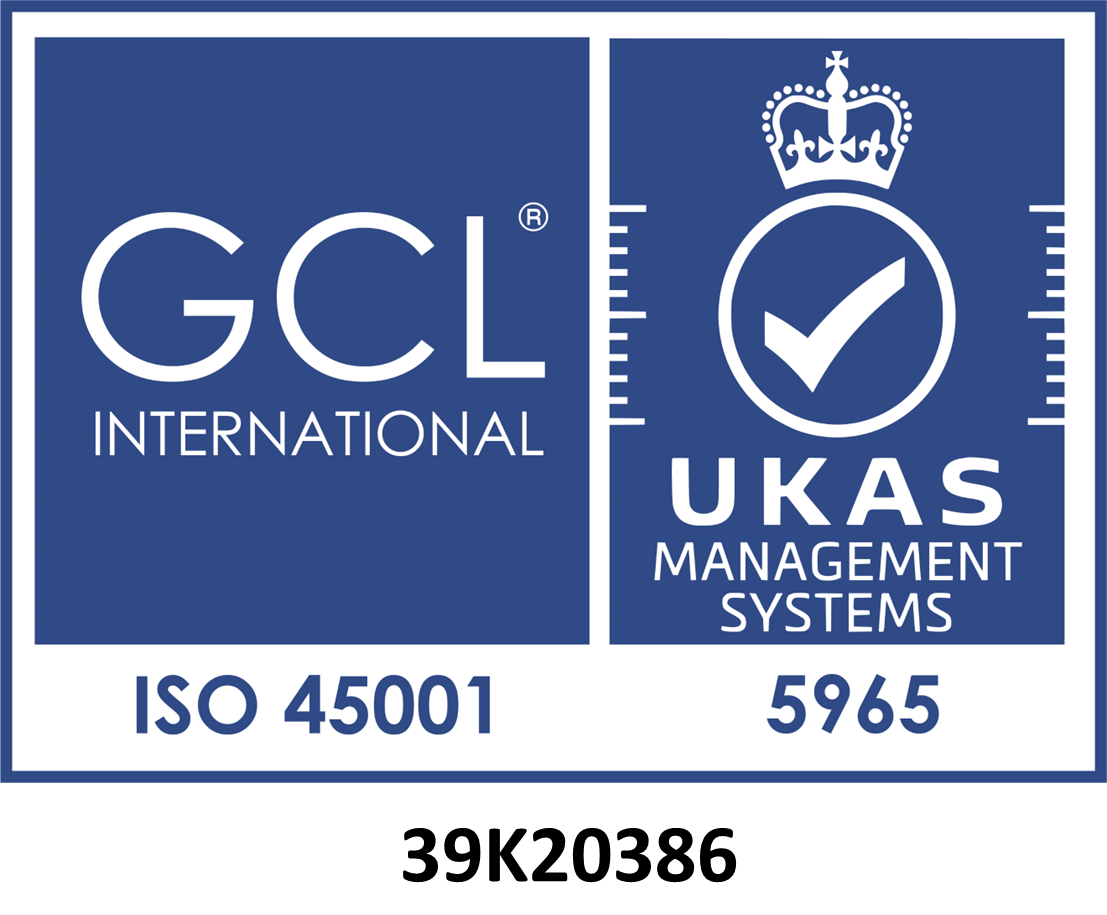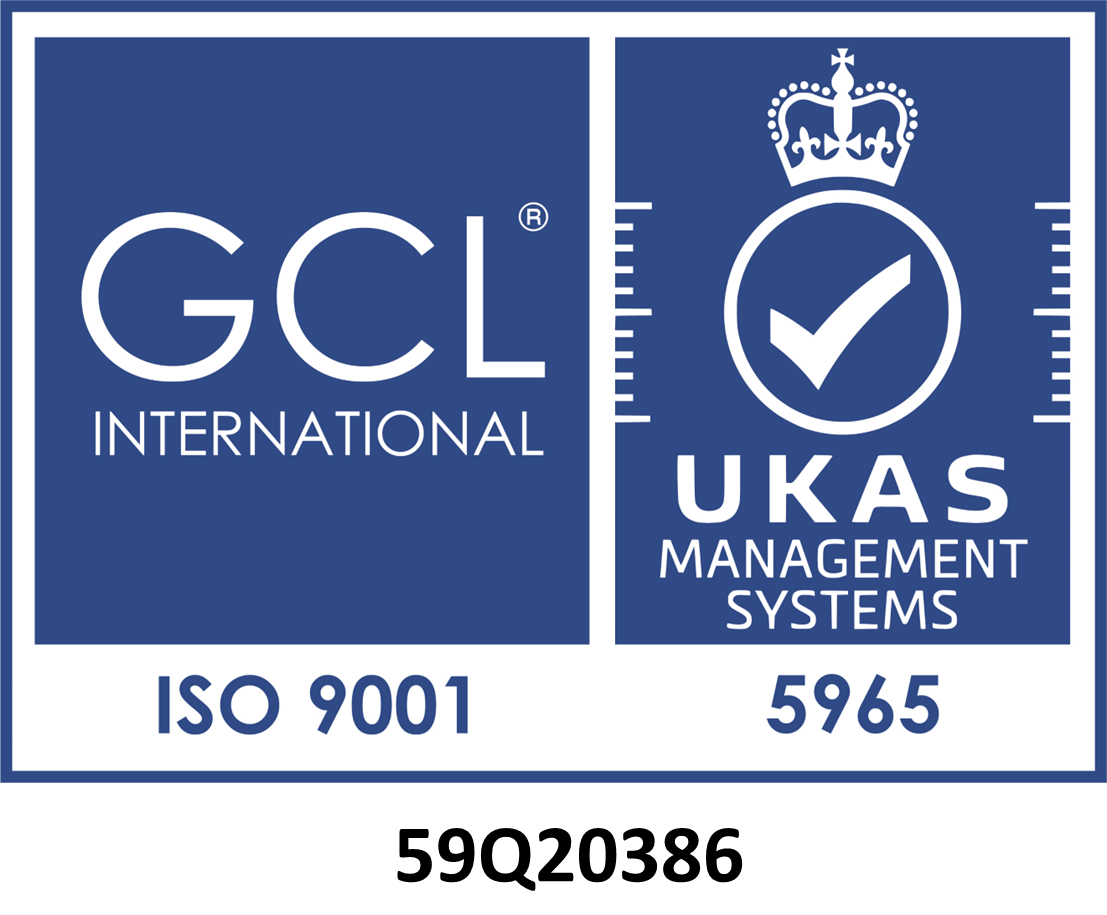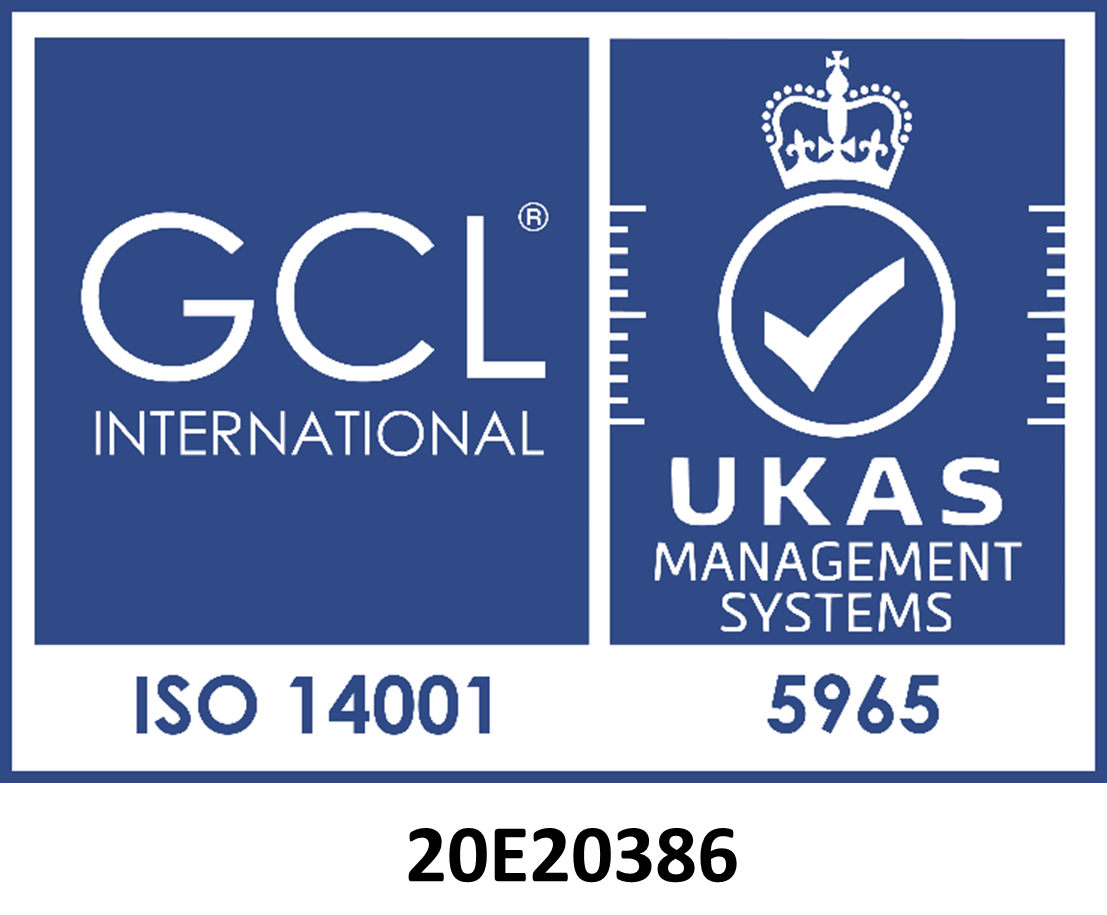Whatever type of ventilation system is installed within your buildings, regular ventilation system testing is essential, but when it comes to specialist ventilation systems, bringing clean, uncontaminated air to clean environments and highly sensitive people, processes or products, it can be critical.
Tecomak can carry out ventilation system testing for all types of specialist ventilation systems – from fume cupboards and local exhaust ventilation (LEV) through to systems for use in clean rooms, laboratories, hospitals and schools.
Ventilation System Testing– Tecomak provide ventilation system testing by fully qualified professionals.
Fully qualified to carry out testing to all current regulatory standards, including ISO 14644, EU GMP, IEST-RP-CC006.3, Federal Standard 209E and for other corporate standard operating procedures including for COSHH, you can rely on Tecomak for an end to end service from professionals who understand the unique needs of operations using specialist ventilation systems.
Hospital Ventilation System Testing
The ventilation systems within hospitals can have critical impact, especially in areas such as operating theatres, intensive care units and category 3 and 4 laboratories.
Here we will work to HTM 03-01 specifications, verifying air handling plant, taking air change rate measurements, testing room differential pressure and carrying out active bacteriological sampling.
Local Exhaust Ventilation System Testing
For all LEV systems, we work to the requirements of HSG 258.
Qualitative assessments include the observation of airflow patterns using a dust lamp, visual examination of system components, and assessing the suitability of the system for the process it is used for.
Quantitative assessments carried out include airflow velocity measurements (capture velocity, face velocity and duct velocity), air sampling, static duct pressure measurements, filter performance testing, and sound and lighting levels.
Fume Cupboard Testing
Both ducted and recirculating fume cupboards work to draw air away from the open end of the cupboard and expel it either into the outside environment or through filters and back into the room.
School Fume Cupboards – These are tested to the requirements of Building Bulletin 88, including:
- A visual examination of the fume cupboard and extract system
- Face velocity measurements
- Light level check
- Mechanical inspection of sash system (low stop, high lock, pulleys, weights, cords etc)
- Mechanical inspection of fan unit (motor, bearings, drive belts)
- Mechanical check of installed services.
- Filter saturation test of carbon filters using sulphur dioxide gas
Industrial Fume Cupboards (Ducted) – Here we will carry out commissioning tests to the requirements of BS EN 14175 Part 4, including:
- Visual inspections of the sash, protection of slashes, the sash suspension and stops, services, materials, pressure relief, and accessibility of construction parts
- Face velocity
- Extract volume flow
- Pressure drop
- Airflow visualisation
- Room air velocity
- Alarm system
- Containment
- Sound pressure measurement
Additional routine testing to the requirements of BS EN 14175 Part 5 includes the sash suspension and sash stop, protection against splashes, cleanliness of the fume cupboard and baffles, the integrity of the mechanical assembly, pressure relief, airflow and the VAV system, indicator function or sensor response, leakages, hygiene, services, illumination, noise, electrical isolation and fire alarm devices if appropriate.
Chemical Stores Extract Testing
For schools and colleges testing is carried out to the requirements of HSG 258 and Building Bulletin 101 and includes the extract volume flow rate, calculation of air change rate, room differential pressure and smoke clearance.
CL3 and CL4 Containment Laboratories
As well as HSG 258, performance requirements are checked for compliance with the HSE’s Advisory Committee on Dangerous Pathogens (ACDP)’s 2001 publication ‘The management, design and operation of microbiological containment laboratories’. These checks include:
- Visual inspection of the ventilation system
- Measurement of airflow rates and calculation of air changes
- Measurement of room pressure differential
- Leak tightness test
- Room sealability test
- HEPA filter integrity testing
- Inspection and testing of control and alarm systems
Microbiological Safety Cabinet Testing
- All microbiological safety cabinets are tested to the requirements of BS EN 12469, including:
- Retention at the front aperture type testing using microbiological or KI methods, and installation testing to check that the manufacturer’s specification is met, volumetric airflow rates, airflow patterns and retention.
- Leaktightness of carcass is type tested using a soap solution.
- Filters are type tested and installation tested using the aerosol challenge method, and for installation testing the natural aerosol challenge method is also used where appropriate.
- Product protection is type tested using the microbiological method, and for installation testing we will check that the manufacturer’s specification is met, volumetric airflow rates, airflow patterns and retention.
- Cross contamination type testing is done using the microbiological method and installation testing is carried out by checking that the manufacturer’s specification is met.
Ventilation in School Buildings
To comply with Building Bulletin 101 ‘Ventilation of School Buildings’ local extraction is required from processes or rooms where water vapour and/or pollutants are released to minimise their spread to the rest of the building. Testing is carried out by room or department to ensure the following rates for the local
extract:
Printing & Reprographics
These are rooms containing printers and photocopiers that are used substantially, that is, greater than 30 minutes per hour. Here we will ensure an air-extract rate of 20 l/s per machine during use and if operators are continuously in the room, we will use greater extract and whole building ventilation rates.
Toilets, Sanitary Accommodation and Washrooms
In these rooms we will ensure an intermittent air-extract rate of the lesser of 6 ACH or 15 l/s per shower or bath or 6 l/s per WC.
Food Technology
These rooms include food technology areas and food and beverage preparation areas, but not commercial kitchens, and here we will ensure an intermittent air extract rate all while food and beverages preparation is in process of 15 l/s with microwave and beverages only, 30 l/s adjacent to the hob with cookers, and 60 l/s elsewhere with cookers.
The Ventilation System Testing Service From Tecomak
Offering all of the testing services above, at Tecomak we can cover all types of ventilation system, bringing you the cost savings of using a single contractor for all of your ventilation system testing, maintenance and certification needs.
Ventilation System Testing – Tecomak provide a complete specialist ventilation system testing, maintenance and certification solution.

